Your delivery van's EV upgrade is about to make your life better
Quieter, cleaner, you know the drill
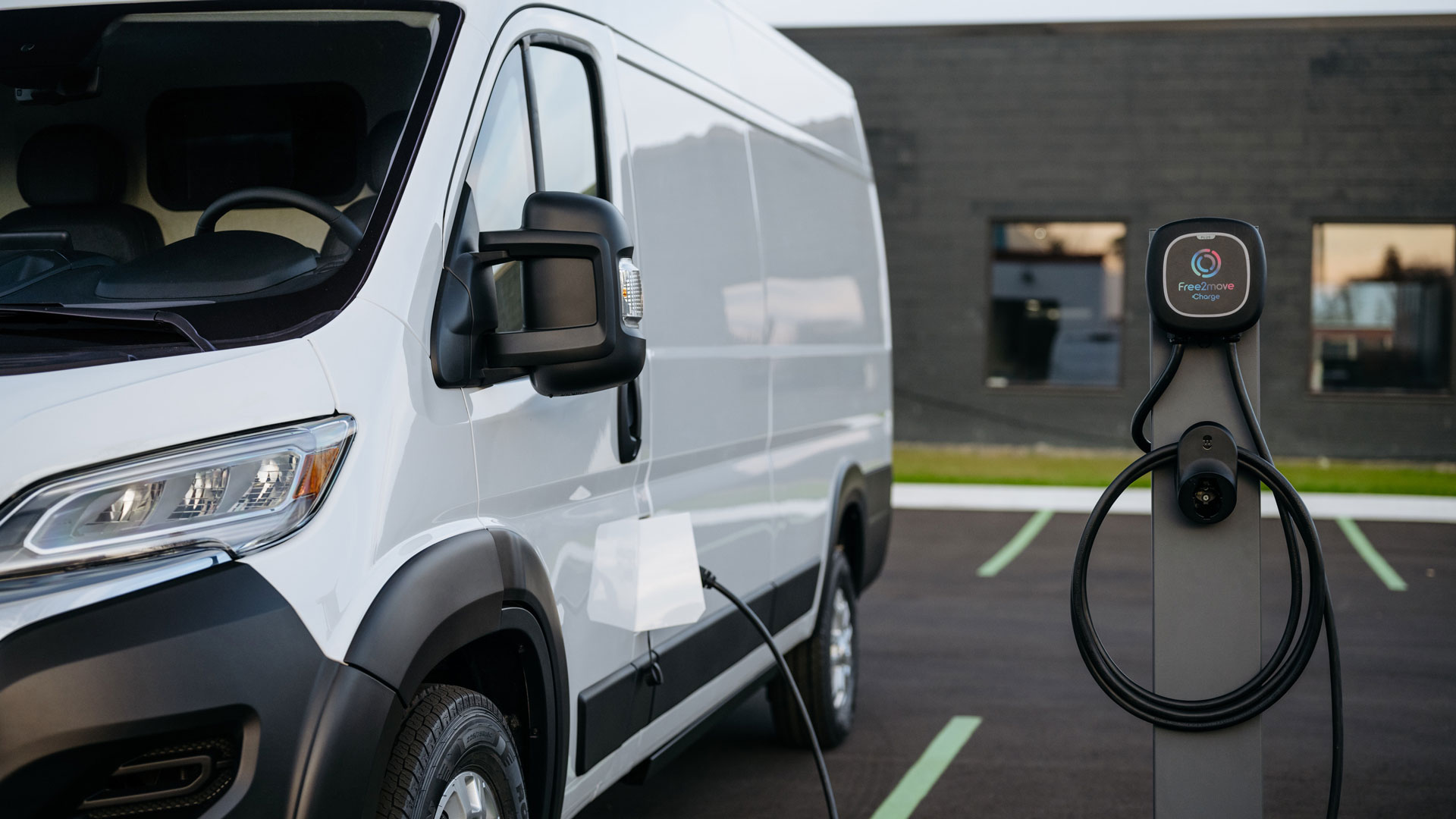
By now, you’ve probably seen Amazon’s cute electric “bread truck” – the Rivian Delivery Van – roaming your neighborhood streets. Perhaps you’ve even caught a glimpse of Ford’s E-Transit in the wild. And very soon, your favorite contractor might pull up in a Mercedes eSprinter or RAM ProMaster EV. Delivery vans and other commercial vehicles are going electric and changing the way businesses (and fleets) operate.
What does this mean for you and me? Less noise, cleaner air, and happier delivery drivers, for sure. But commercial EVs are also poised to become the platform of choice for DIY camper conversions and RV manufacturers alike. A few all-electric RVs have already been announced – like the Winnebago eRV2, Grounded G1, and Thor Vision Vehicle – but, are commercial EVs ready for #vanlife? Let’s find out.
A competitive segment
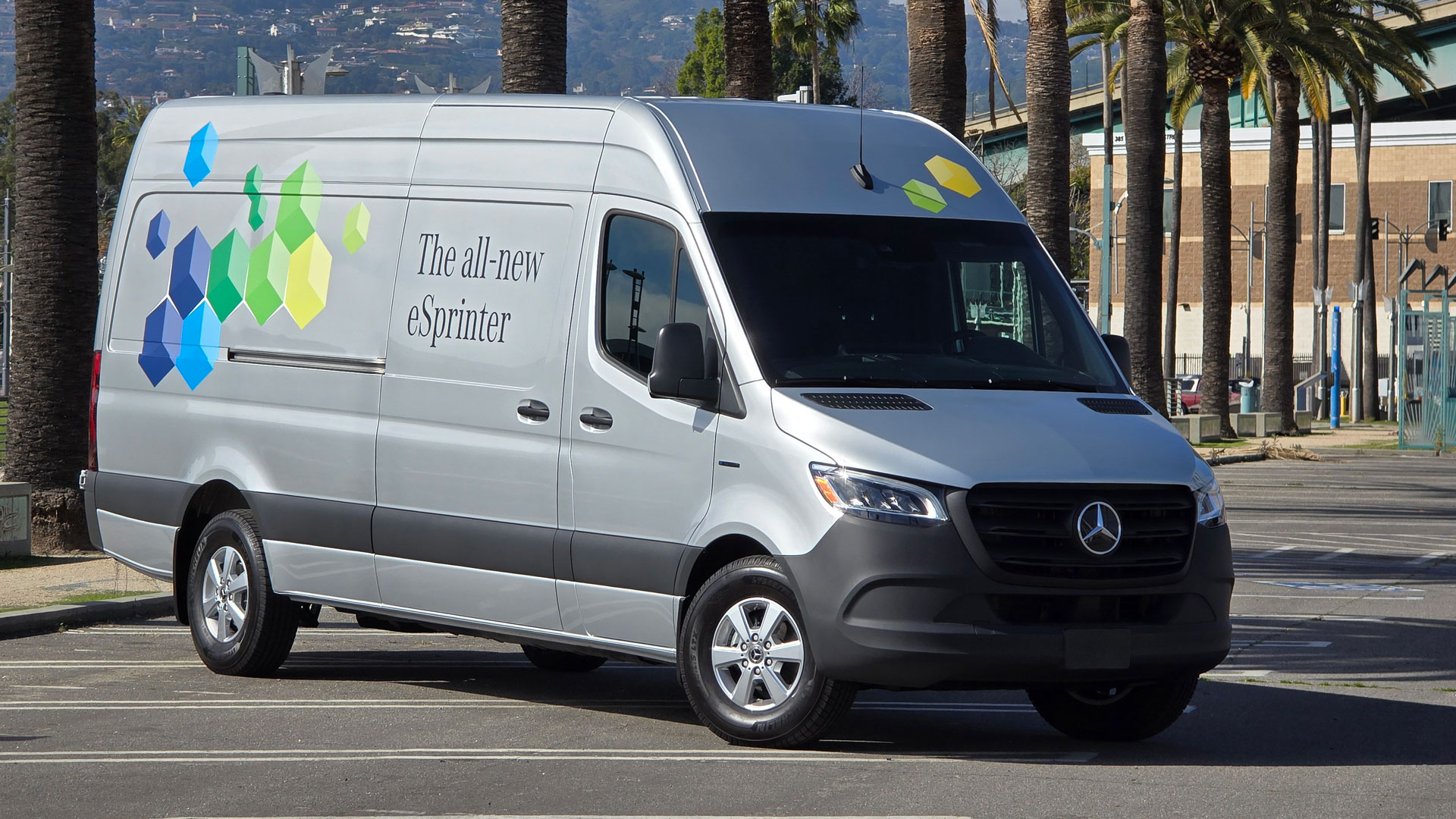
Rivian’s Commercial Van (née Delivery Van) was the first out of the gate, but was exclusive to Amazon until last November when Rivian made the EV available to other businesses. It’s available in two sizes – 500 and 700 cu.ft – for payloads of 2,734 and 2,513 lbs, with a range of 161 and 153 miles, respectively. Amazon also gets a 900 cu.ft version with 120 miles of range. Since it’s only available to fleet operators, pricing varies.
Ford’s E-Transit van came next, and looks pretty much identical to the ICE (Internal Combustion Engine) Transit van. It also comes in almost as many configurations – with cargo van, cutaway, and chassis cab models; low, medium, and high roof heights; and regular, long, and extended lengths. Range maxes at 126 miles, payload at 3,880 lbs, and pricing starts at $45,995. An optional pair of 120V outlets can supply up to 2.4kW of power.
Mercedes-Benz just launched the second generation eSprinter van (the first generation never came to the US). While it’s only available in one configuration (23.3 ft long wheelbase and high roof), it boasts a range of 200+ miles. Payload is 2,624 lbs and pricing starts at $71,886. Like its ICE sibling, the eSprinter packs many of Mercedes’ safety and driver-assistance features, plus the latest MBUX infotainment system, but lacks high-power 120V sockets.
RAM is expected to launch the ProMaster EV van sometime in 2025. It will look almost identical to its ICE cousin and will be available in five configurations, with a 3,020 lbs payload, and a range of 162 miles. It’s currently unclear whether the ProMaster EV will offer high-power 120V outlets like Ford’s E-Transit, but one model will include a roll-up door. Pricing is still TBD, but is expected to start around $69,000.
Peace and quiet
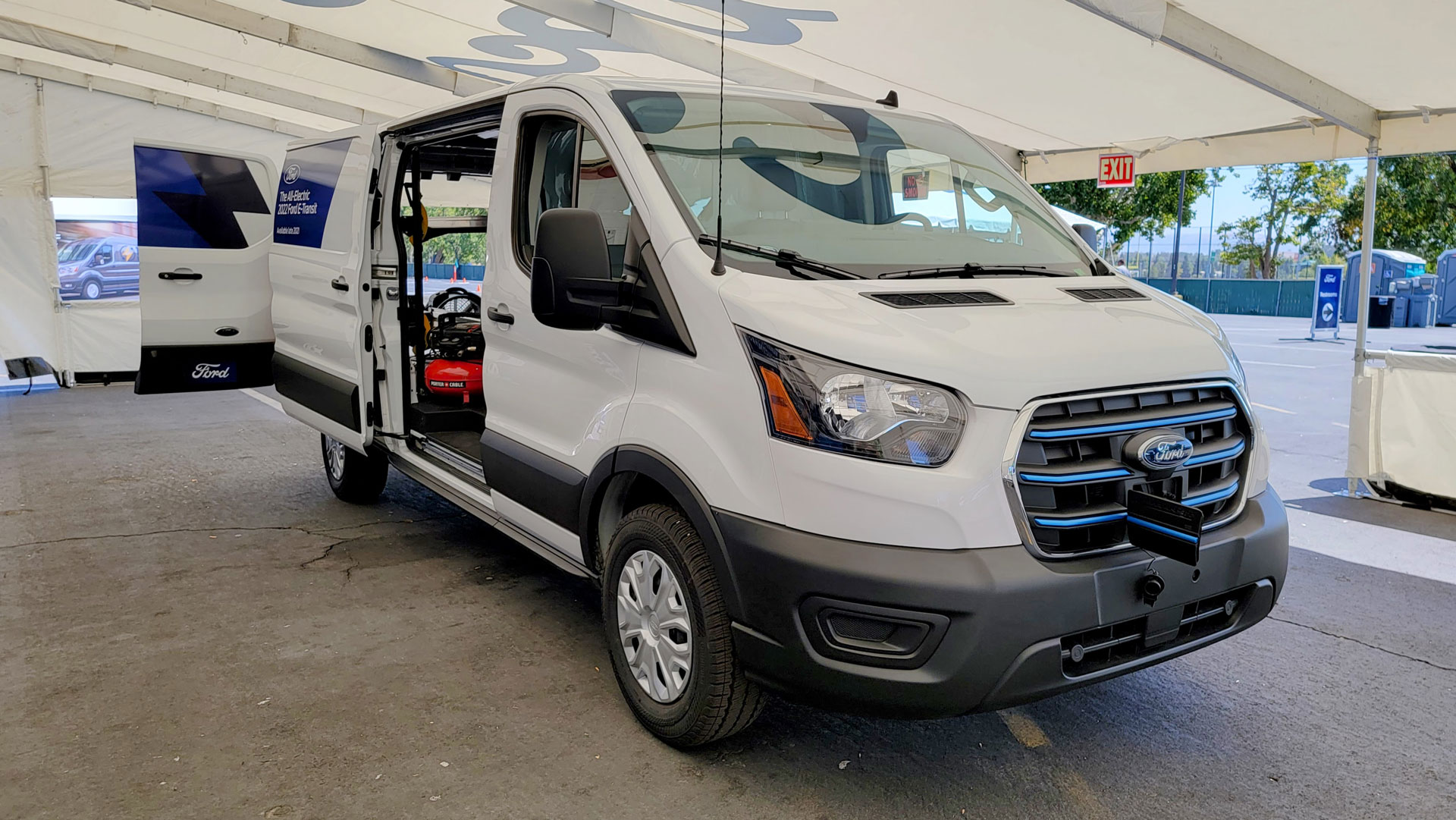
So yes, commercial EVs are becoming a thing. But why does it matter? Pay attention and you’ll notice that our neighborhoods can be loud at times, even in areas located away from major roads. With commercial EVs you’ll enjoy more peace and quiet – not to mention less air pollution. Delivery vans and commercial vehicles are just the beginning. Just imagine if taxis, buses – and even garbage trucks – were also electric.
Sign up for breaking news, reviews, opinion, top tech deals, and more.
I recently drove Mercedes’ eSprinter in Long Beach, CA, and I came away impressed. Forget your average U-Haul rental van. These electric vans are significantly more comfortable, not to mention quieter, smoother, and easier to drive than their ICE (internal combustion engine) counterparts. Deploying more of them is going to result in significantly less driver fatigue, making for happier workers and friendlier deliveries.
The RV potential
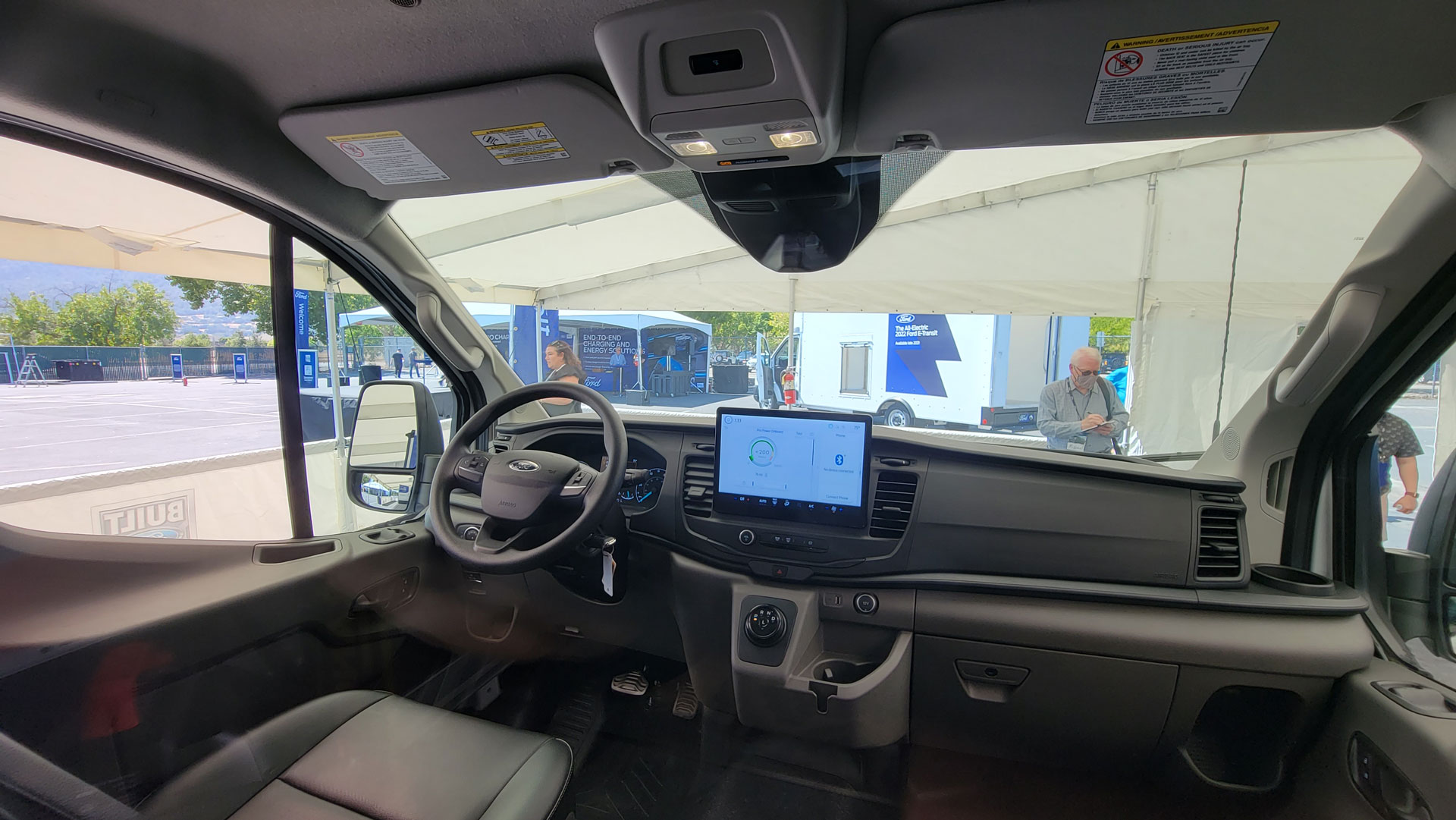
Vans like the Mercedes-Benz Sprinter, Ford Transit, and RAM ProMaster have been super popular platforms for DIY camper conversions and RV manufacturers for years now. With 200+ miles of range, Mercedes’ eSprinter opens up a whole new world of possibilities, especially when you consider that most campgrounds have 240V RV power hookups that can charge a modern EV overnight (level 2 AC charging).
But the main reason commercial EVs have so much potential for #vanlife is because of their high-voltage battery. Traditionally, camper vans and smaller RVs have relied on a combination of AGM (lead-acid) batteries and propane to power lights and appliances – and to provide heating and cooling. More modern setups are all-electric and use more energy-dense LFP (lithium iron phosphate) batteries.
These secondary “house batteries” – as they are called – are kept charged using the internal combustion engine (while driving), optional solar panels (in the wild), or sometimes even “shore power” ie. by plugging into the grid (at campgrounds). It works, but house batteries are heavy and take up space inside the camper or RV. That’s where commercial EVs get interesting, thanks to their high-voltage battery.
By making power available from the high-voltage battery – like Ford’s E-Transit does (via dual 120V sockets for up to 2.4k of power), and Ford’s F-150 Lightning does (up to 9.6kW of power, including a 240V outlet) – camper vans and small RVs built on commercial EV platforms won’t require a house battery. Allow the on-board vehicle charger to support solar panels, and you now have a complete solution.
Almost there
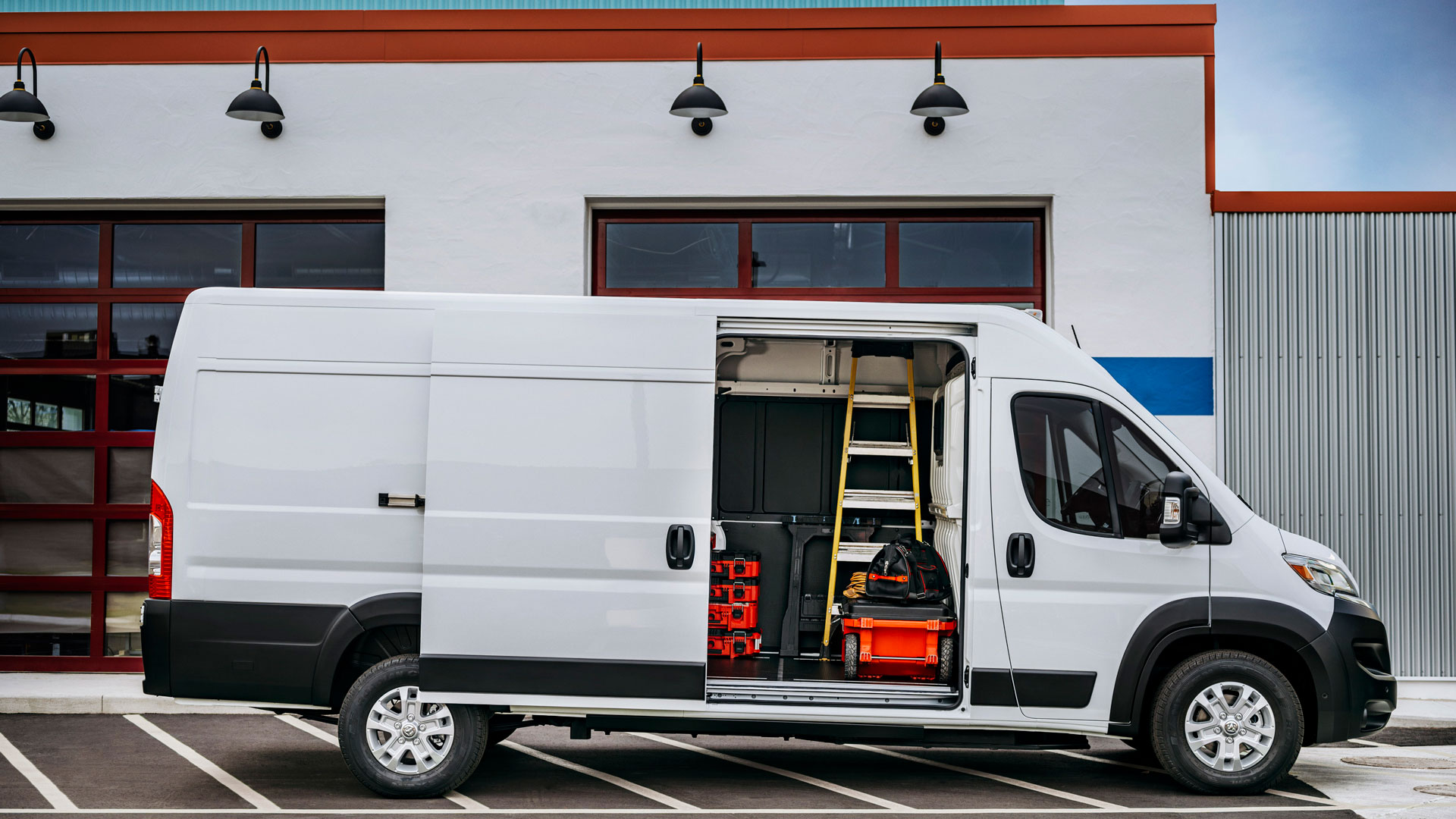
So, what’s primarily been holding back the adoption of commercial EVs as a platform for DIY camper conversions and RV manufacturers has been range and access to power from the high-voltage battery. Mercedes’ eSprinter is getting there with range (200+ miles), and Ford’s E-Transit is getting there by making 2.4kW of power available via two 120V outlets. RAM’s ProMaster EV doesn't appear to solve either problem.
But there’s hope. After blasting around Long Beach, CA in the eSprinter, I asked the folks at Mercedes when the van would allow access to power from the high-voltage battery and I was told to “stay tuned”. Then there’s Rivian. Considering the R1T electric pickup and R1S electric SUV offer up to 410 miles of range, it’s not inconceivable for Rivian’s Commercial Van to gain more range and lose its fleet exclusivity.
It won’t take much longer before you can have your (all-electric #vanlife) cake and eat it too.
You might also like

Myriam Joire (tnkgrl) was born wearing combat boots and holding a keyboard. Moments later she picked up a soldering iron. On weekends, she rally-raced with her father. She's been stomping, typing, hacking, and driving ever since. After spending years being a code-monkey in the video game industry, she joined Engadget as Senior Mobile Editor and later Pebble as Chief Evangelist. Today she hosts the weekly Mobile Tech Podcast, makes videos on YouTube, writes about tech and cars for TechRadar and other major publications, and advises startups on product/media strategy. She's based in San Francisco.